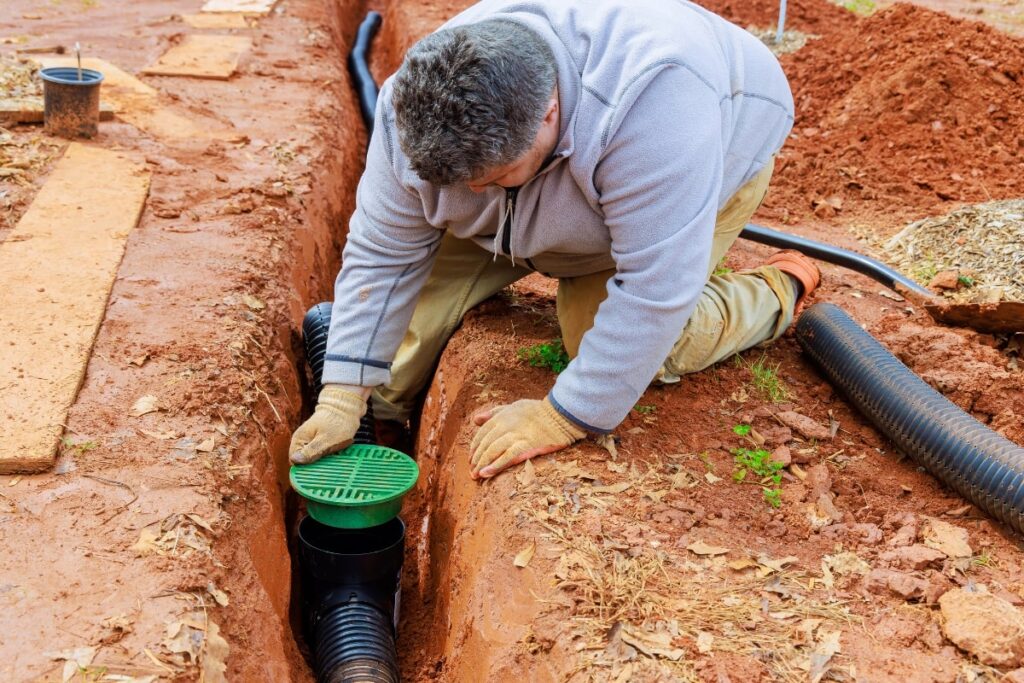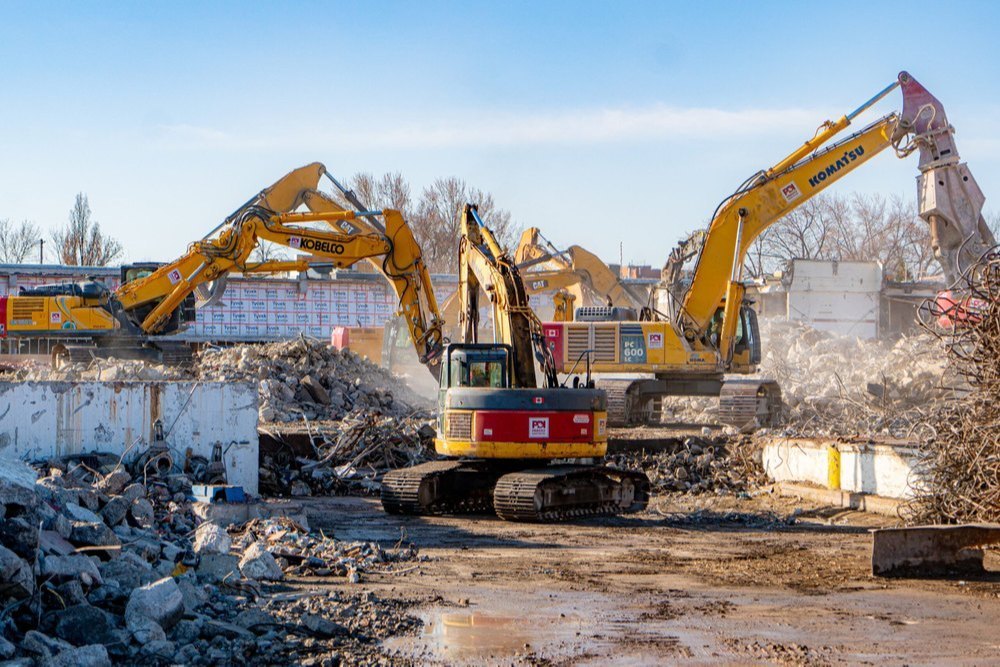Septic systems are essential for managing household waste in areas not connected to a municipal sewer system. If you’re a homeowner in Bethany looking to install a septic system, understanding the process is crucial.
This article will guide you through the basics of Bethany septic system installation, the steps involved, and how professional services can help.
What is a Septic System?
A septic system is an on-site wastewater treatment solution used in rural and suburban areas. It consists of a septic tank and a drain field. The septic tank collects and treats wastewater, separating solids from liquids. The liquid effluent then flows into the drain field, where it undergoes further treatment and is absorbed into the soil.
Components of a Septic System
- Septic Tank: A watertight container that holds wastewater long enough to allow solids to settle and oils to float.
- Drain Field: A series of perforated pipes laid in gravel-filled trenches that disperse the treated effluent into the soil.
- Soil: The final treatment stage, where microorganisms in the soil break down harmful bacteria and nutrients.
Why Install a Septic System in Bethany?
Installing a septic system is often necessary in areas without access to a municipal sewer system. In Bethany, many properties rely on septic systems for effective wastewater management. Here are some reasons to install a septic system:
- Environmental Benefits: Properly installed and maintained septic systems treat wastewater naturally, reducing pollution.
- Cost-Effective: Septic systems can be more economical than connecting to a distant sewer line.
- Independence: Homeowners have control over their wastewater treatment and maintenance schedules.
Steps in Septic System Installation
Installing a septic system involves several steps, from initial planning to final inspection. Understanding these steps can help ensure a smooth and successful installation process.
1. Site Evaluation
Before installation, a site evaluation is conducted to assess the soil and determine the best location for the septic system. This involves:
- Soil Testing: Analyzing soil composition and percolation rates to ensure it can adequately absorb and treat effluent.
- Site Survey: Examining the property’s layout, slope, and proximity to water sources.
2. System Design
Based on the site evaluation, a septic system design is created. This design considers the property size, soil conditions, and household wastewater needs. The design typically includes:
- Tank Size: Determined by the number of bedrooms and anticipated water usage.
- Drain Field Layout: Configured to maximize effluent dispersal and treatment.
3. Permits and Approvals
Before installation can begin, necessary permits and approvals must be obtained from local health and environmental authorities. This ensures the system meets all regulatory standards and is safe for use.
4. Excavation and Installation
Once permits are secured, excavation for the septic tank and drain field begins. This involves:
- Excavating: Digging trenches for the tank and drain field.
- Setting the Tank: Placing the septic tank in the excavated area and connecting it to the household plumbing.
- Installing the Drain Field: Laying perforated pipes in gravel-filled trenches to distribute the effluent.
5. System Connection
After installation, the septic system is connected to the home’s plumbing. This includes:
- Piping: Ensuring all pipes are securely connected and properly sloped for optimal flow.
- Ventilation: Installing vents to allow gases to escape safely.
6. Final Inspection
A final inspection by local authorities is conducted to ensure the system is installed correctly and meets all regulatory requirements. The inspector will:
- Check Installation: Verify the correct placement and connection of all components.
- Test System: Ensure the system functions properly and efficiently.
Maintaining Your Septic System
Proper maintenance is crucial for the longevity and efficiency of your septic system. Here are some tips for maintaining your system:
- Regular Inspections: Have your septic system inspected by a professional every three to five years.
- Pumping: Pump the septic tank every three to five years to remove accumulated solids.
- Water Conservation: Use water efficiently to reduce the load on your septic system.
- Avoid Chemicals: Do not dispose of harsh chemicals down the drain as they can disrupt the bacterial balance in the septic tank.
- Protect the Drain Field: Avoid parking or driving over the drain field to prevent soil compaction and damage to the pipes.
Benefits of Professional Installation
Hiring a professional service for septic system installation in Bethany ensures the job is done correctly and efficiently. Professional installers offer:
- Expertise: Skilled professionals have the knowledge and experience to handle complex installations.
- Compliance: Professionals ensure the system meets all local regulations and standards.
- Quality Materials: Professionals use high-quality materials and equipment for durable and reliable systems.
- Time Efficiency: Professional installation saves time and reduces the risk of costly mistakes.
- Warranty and Support: Many professionals offer warranties and ongoing support for their installations.
Conclusion
Bethany septic system installation services is a significant investment that requires careful planning and professional expertise. By understanding the process and following the steps outlined in this article, you can ensure a successful installation that provides efficient wastewater management for years to come.






